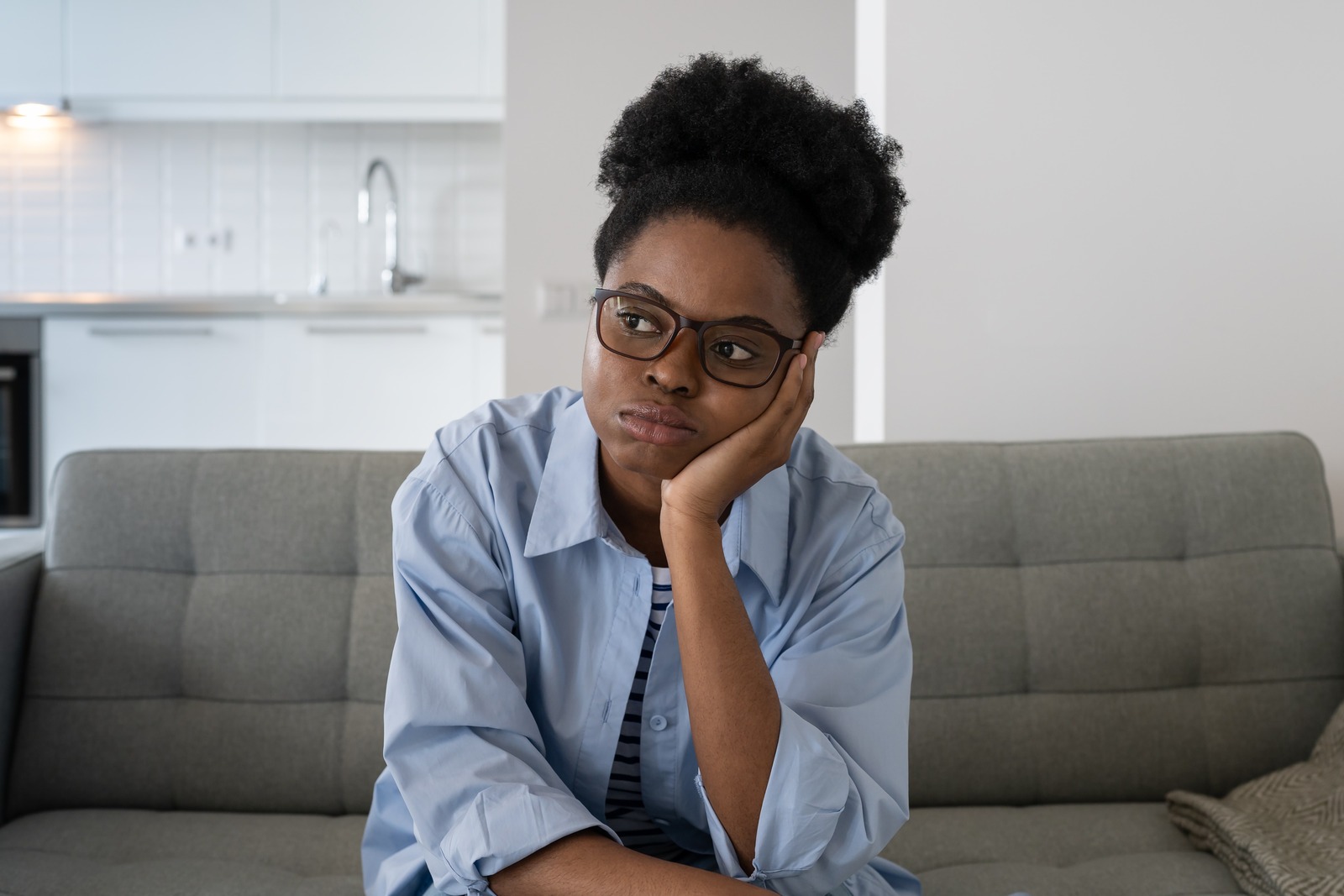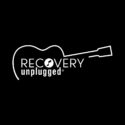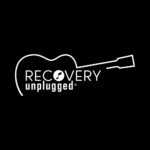Gabapentin Withdrawal: Symptoms, Detox, and Resources

Key Points
- Gabapentin is an anticonvulsant medication that may be used to treat nerve pain and seizures.
- Prolonged use of gabapentin can cause physical dependence, leading to intense withdrawal symptoms if the drug is stopped or the dose is drastically reduced.
- Reports of gabapentin misuse, particularly with polydrug use, suggest a risk of addictive behaviors associated with its use.
- Withdrawal from gabapentin can lead to complications, such as rebound seizures, particularly in individuals with pre-existing seizure disorders.
- Gradually tapering the dose under medical guidance or undergoing medical detoxification is recommended for safely managing gabapentin withdrawal symptoms.
Gabapentin is a prescription anticonvulsant medication that’s used to treat nerve pain, seizures, and other conditions that involve the nerves. It may also be used to treat alcohol withdrawal and insomnia.
Gabapentin misuse and abuse are reported, though not commonly, with the potential for physical dependence and severe withdrawal symptoms if abruptly discontinued. Learn more about gabapentin withdrawal, its symptoms, and options for detox.
What Is Gabapentin?
Gabapentin, known by brand names such as Neurontin, Gralise, and Horizant, is an anticonvulsant medication prescribed to treat partial seizures, postherpetic neuralgia, and neuropathic pain. Some gabapentin formulations are approved for the treatment of restless leg syndrome.
There are some off-label uses for gabapentin, which is when a drug is prescribed for uses that aren’t currently approved by the FDA. Gabapentin may be used to treat alcohol dependence, addiction, and withdrawal. It can help with managing the anxiety, insomnia, headaches, or pain that often occurs in substance withdrawal.
While not primarily recognized as a drug of abuse, gabapentin has the potential for misuse, particularly when used in combination with other substances such as alcohol, opioids, and benzodiazepines. [1]
Gabapentin is not classified as a controlled substance at the federal level in the United States. However, some states have implemented stricter monitoring due to increased reports of misuse and polysubstance abuse.
Gabapentin Withdrawal Symptoms

Gabapentin is generally not considered to be addictive in the traditional sense, but it can lead to physical dependence with prolonged use. Misusing or abusing gabapentin in higher doses or in other ways than prescribed can increase the risk of dependence.
If physical dependence develops, stopping or dramatically cutting back on gabapentin use can cause withdrawal symptoms. Though the symptoms may vary, they can resemble the symptoms of alcohol or benzodiazepine withdrawal due to the ways these substances act on gamma-aminobutyric acid (GABA), an inhibitory neurotransmitter in the brain.
Some of the common gabapentin withdrawal symptoms may include
- Anxiety
- Insomnia
- Agitation
- Fatigue
- Restlessness
- Dizziness
- Irritability
- Light sensitivity
- Sweating
- Nausea
- Pain
- Irregular heartbeat
People who take gabapentin for seizures may experience rebound symptoms or an uptick in seizure activity, including ongoing, uncontrollable seizures.
Gabapentin Quick Reference
Drug Category: Anticonvulsant
Commercial & Street Names: None
DEA Schedule: Uncontrolled
Administration: Oral
Gabapentin Withdrawal Timeline
Gabapentin withdrawal has no established timeline. However, the symptoms can begin around 12 hours to 7 days after the last dose.[2] Symptoms may last between 7 days to 10 days.
The withdrawal symptoms may occur quickly because of gabapentin’s short half-life, which is how long it takes the body to eliminate the concentration of a substance by half. Gabapentin’s half-life ranges from 5 to 7 hours in individuals with normal kidney function, extending significantly in those with impaired kidney function.
The severity of symptoms and their duration can vary by several factors, including the dose, length of use, the person’s age, and any pre-existing medical conditions or mental illnesses. Withdrawal may be more severe if gabapentin is used alongside other drugs or alcohol.
Gabapentin Tapering Schedule
Gabapentin withdrawal can have severe symptoms and potentially dangerous complications. A tapering schedule is always recommended, which is when the dose of gabapentin is gradually reduced until you’re “weaned” off the medication. Tapering schedules are a common solution to prescription drugs that can cause physical dependence and may cause severe withdrawal symptoms.
The process of tapering off gabapentin generally varies, often extending beyond a week, tailored to the individual’s needs, dosage, and treatment duration. Never take it upon yourself to reduce your dose or stop gabapentin “cold turkey,” as this can make the withdrawal symptoms worse. Speak to your doctor if you wish to stop taking gabapentin and follow the recommended taper schedule.
Get help for drug or alcohol addiction. Contact us today to learn about your options.
Treating Gabapentin Withdrawal
A tapering schedule can minimize the intensity of withdrawal symptoms, but there may be potentially dangerous complications. While some people can go through gabapentin withdrawal at home with a supervised tapering schedule, medical detox may be recommended to reduce the risk of severe symptoms or dangerous complications.
Individuals with a history of severe withdrawal symptoms from gabapentin, including seizures, are advised to undergo detoxification under medical supervision to ensure safety. This environment provides constant supervision and care to ensure you’re as safe and comfortable as possible.
If you’re addicted to multiple substances, known as polysubstance abuse, it’s important to enter a medical detox to manage the withdrawal from gabapentin and other substances. Detoxing from multiple drugs, particularly drugs with dangerous withdrawal symptoms like alcohol and benzos, should not be attempted alone.
If gabapentin dependence from prolonged use is a concern, medical detox may be enough on its own. However, if you have a history of gabapentin misuse or polysubstance use, you should enter an addiction treatment program in an inpatient or outpatient setting after detox to address the underlying causes of addiction.
These programs are individualized but include behavioral therapies, group therapy, support groups, and other evidence-based treatments to help you commit to a life of sobriety.
Get Help for Gabapentin Withdrawal
If you’ve been taking gabapentin for a long time and are concerned about withdrawal, help is available. Medical detox offers supervision and care to minimize the severity of withdrawal symptoms and ensure you’re as safe and comfortable as possible while the drug clears your system.
Related Topics You May Find Helpful
Frequently Asked Questions About Gabapentin
Is Gabapentin a Controlled Substance or Addictive?
Gabapentin remains a non-controlled substance at the federal level since its FDA approval in 1993, widely used for seizure disorders and neuropathic pain. However, due to increased reports of misuse, several states have classified it as a Schedule V controlled substance.
While gabapentin is not classified alongside highly addictive substances like heroin, cocaine, or fentanyl, there is a potential for addiction, particularly with misuse. There are increasing reports of people misusing gabapentin, and in some cases, it can produce anxiolytic effects and euphoria similar to misusing opioids.
Is Gabapentin a Substitute for Opioids?
Given its efficacy in managing certain types of pain, gabapentin is sometimes prescribed as a non-opioid alternative to reduce reliance on opioids. Both gabapentin and opioids can cause dependence, but opioids are much stronger, cause euphoria, and have a higher potential for abuse and misuse.
Does Gabapentin Help with Recovery?
Gabapentin may be prescribed to relieve withdrawal symptoms that are common with certain substances, such as alcohol.[3] It’s not an addiction treatment on its own but may be used as part of a comprehensive treatment plan.
What Happens If You Take Gabapentin Every Day?
Gabapentin, when used according to prescription guidelines, is generally safe. However, long-term use may lead to physical dependence, with cessation potentially resulting in significant withdrawal symptoms.
This risk is increased if you take more gabapentin than prescribed, for longer than prescribed, or in conjunction with other drugs.
It’s best to take the lowest effective dose of gabapentin for the shortest period possible to reduce the risk of dependence and withdrawal.
We take our music-focused treatment for addiction very seriously, so we are going to hold our content to the same precision standards. Recovery Unplugged’s editorial process involves our editing safeguard and our ideals. Read our Editorial Process.
Sources
[1] Lennox, R., & Mangin, D. (2019). Gabapentin misuse. CMAJ : Canadian Medical Association journal = journal de l’Association medicale canadienne, 191(2), E47. Retrieved from https://www.ncbi.nlm.nih.gov/pmc/articles/PMC6333539/ on 2024, January 28.
[2] How long does gabapentin withdrawal last?. Drugs.com. (n.d.). Retrieved from https://www.drugs.com/medical-answers/long-gabapentin-withdrawal-3554130/ on 2024, January 28.
[3] Howland R. H. (2014). Gabapentin for Substance Use Disorders: Is it Safe and Appropriate?. Journal of psychosocial nursing and mental health services, 52(2), 13–16. Retrieved from https://doi.org/10.3928/02793695-20131217-01 on 2024, January 28.


